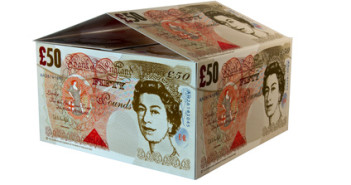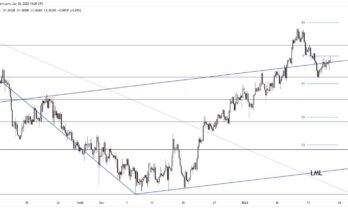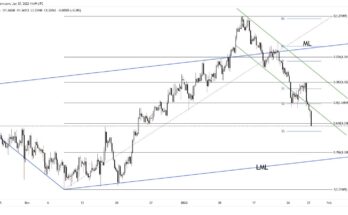GBP/USD has consolidated under the 1.70 level since Friday. The pound fell on Tuesday after UK consumer credit data printed weaker than expected. Mortgage approvals, released at the same time, were a little better than expected, but the news was shrugged off as investors sold GBP vs. both the USD and EUR. Month end buying in EUR/GBP fuelled the sell-off in GBP/USD too.
Wednesday was a big day for U.S. data. US ADP Non-Farm Employment Change was first up and printed weaker than expected; companies added 218,000 workers in July vs. expectations for 234,000. Fifteen minutes later Advance 2nd quarter GDP q/q was released, rising to an annualised rate of 4% vs. expectations for 3.2%. It was a big surprise – brought on by big gains in consumer spending and business investment – and the dollar jumped. GBP/USD eventually bottomed out at 1.6890.
By Alex Edwards at UKForex, an international money transfer service
As for the FOMC statement, it failed to live up to the expectations of the hawks. As expected the Fed tapered its QE program by a further $10 billion and kept interest rates at 0.25%. In the statement the central bank said that “a range of labour market indicators suggests that there remains significant underutilisation of labour resources.â€Â With regards to inflation they said that the likelihood of inflation running persistently below 2% had diminished somewhat but that accommodative policy would be appropriate for “considerable time†after the end of the asset purchase program. No great surprises there but the dollar softened on the news as those hoping for some kind of signal of an interest rate hike were left disappointed. GBP/USD recovered to 1.6926 but then fell off again following comments by the Bank of England’s Ben Broadbent later in the week. He has said in an interview with Bloomberg that it’s quite possible that the pound is overvalued.
Fridays Non-Farm Payrolls printed 209k, its fifth successive release (including revisions) above 200k. The dollar fell on the release as a figure around 231k was anticipated. Unemployment was shown to have increased from 6.1% to 6.2% and the accompanying inflation data undershot estimates as well. With the Feds comments mid-week regarding slack in the labour market still being a problem this news may weigh on the dollar in the short-term.
As for EUR/USD it slumped throughout the week last week. A run of positive economic data was released from Europe during the week, including German Retail Sales, German Unemployment Change and French Consumer Spending but despite this EUR/USD failed to make a convincing break back through 1.34. Investors were perhaps a bit cautious to bid the single currency higher ahead European inflation data and rightly so as CPI dropped in July to its weakest level in almost five years to 0.4%. It underlines the ECB’s concerns over the potential for deflation and will fuel the debate as to whether the ECB needs to do more on monetary policy. EUR/USD dropped to a low of 1.3372.
The focus this week will be on the ECB monetary policy statement and accompanying press conference. Likelihood is that we will hear some fairly dovish comments from President Draghi especially so following the soft inflation data last week.UK Construction and Services PMIs are released early in the week whilst the Bank of England also meet, although they are widely expected to leave interest rates and QE on hold.



